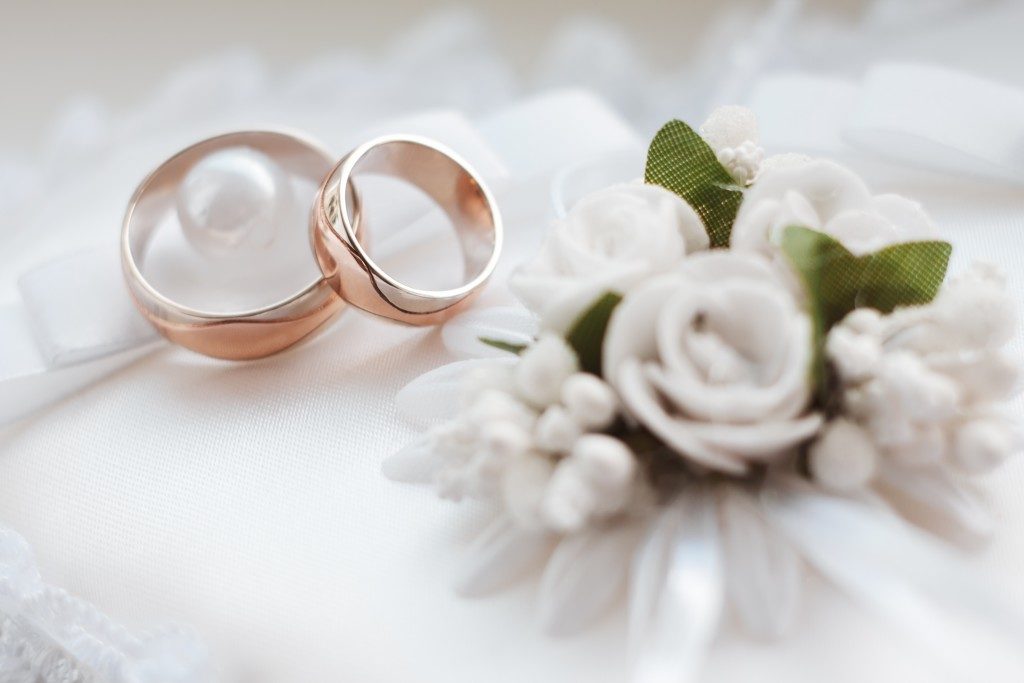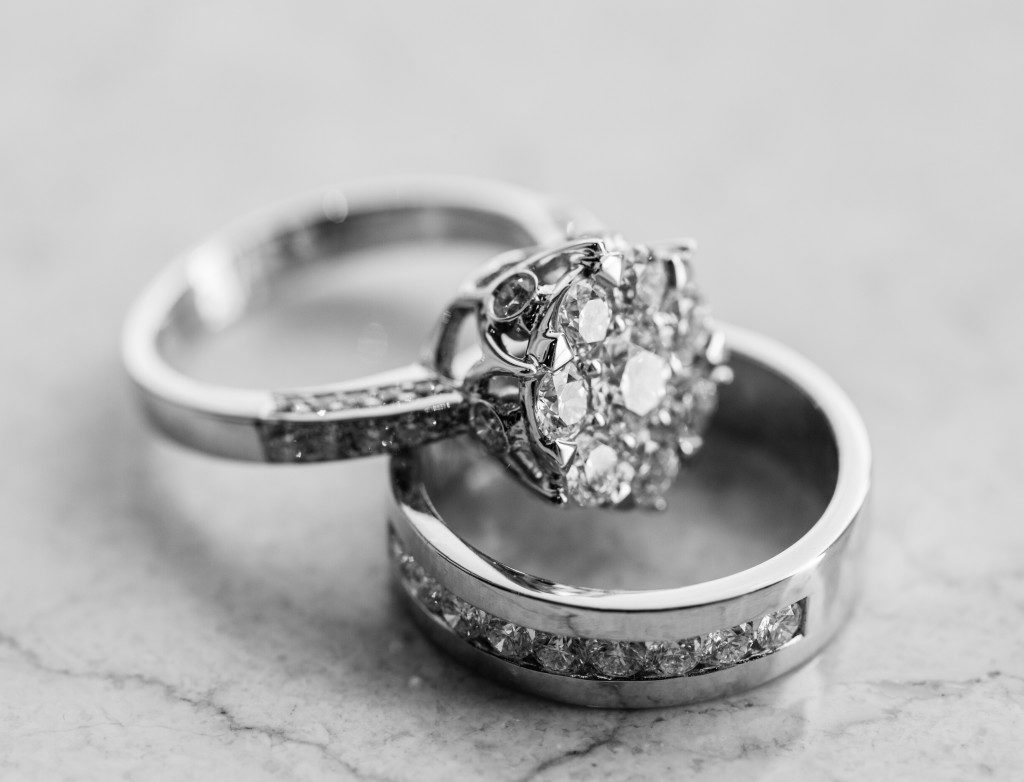Engagement rings are a staple in our culture today. Often seen as a tangible expression of your commitment to a special someone, these rings are a symbol that transcends nationality, tradition, and class divides.
The one thing that it can’t transcend is your wallet, as engagement rings are typically very expensive. If you’re getting one made-to-order for that personal touch, that small piece of jewellery can cost half your wedding fees.
Or does it? Recently, the trend for more affordable engagement rings has boomed, especially in the middle-class. Millennials with purchasing power often forgo traditional engagement rings entirely, choosing alternative options for pricing and environmental reasons.
Here is how the market responded and how pricey engagement rings may be a thing of the past.
Design And Material
There are two things that could make up half the cost of a traditional engagement ring: the way jewelers set the jewel and the material of the ring itself. While classic settings have often called for elaborate arrangements and expensive materials, more and more sellers have offered “lite” versions of these arrangements.
These changes may include a simple band rather than an etched one, using silver instead of gold, or reducing the karat count for the band and settings itself. With the recent shift towards minimalism, design has also become more straightforward, contributing to lower costs.
The Jewel
The other half of an engagement ring’s costs are usually from the centerpiece or the jewel that’s set into it. Traditionally, this used to be a pure diamond (the bigger, the better) accompanied by a setting of other, smaller gems. While this design hasn’t faded out, there’s a growing market of alternatives that can offset the usually high price a centerpiece would cost.
Lab-made diamonds, lesser gems, and even other centerpieces have trended over the recent years, making the demand for large carat diamonds largely a niche market. The ongoing style now is one of personalisation, which mostly veers away from established designs and gems towards something inevitable more simple and reflective of the couple.
Personalization

Finally, bespoke engagement rings have seized a large section of the buying market for engagement rings. Traditional jewellers often made engagement rings based on a mold or design preference. But these designs have largely remained unchanged over time, which led to a demand for more personalized rings.
This comes with two unexpected benefits: one, the accessibility of ring-making is no longer limited to big-name jewellers. This meant that smaller, newer brands had a higher chance of succeeding in a market that catered to personal craftsmanship rather than brand loyalty. Second, it made alternatives like synthetic gems and materials more fashionable, allowing for them to become more available to the wider market.
Future iterations of engagement rings may even pass the “manufacturing” process and put all the choices in the hands of the buyer. In which case, the market will adjust, keeping all the best parts about buying an engagement ring while adapting to newer demand.



